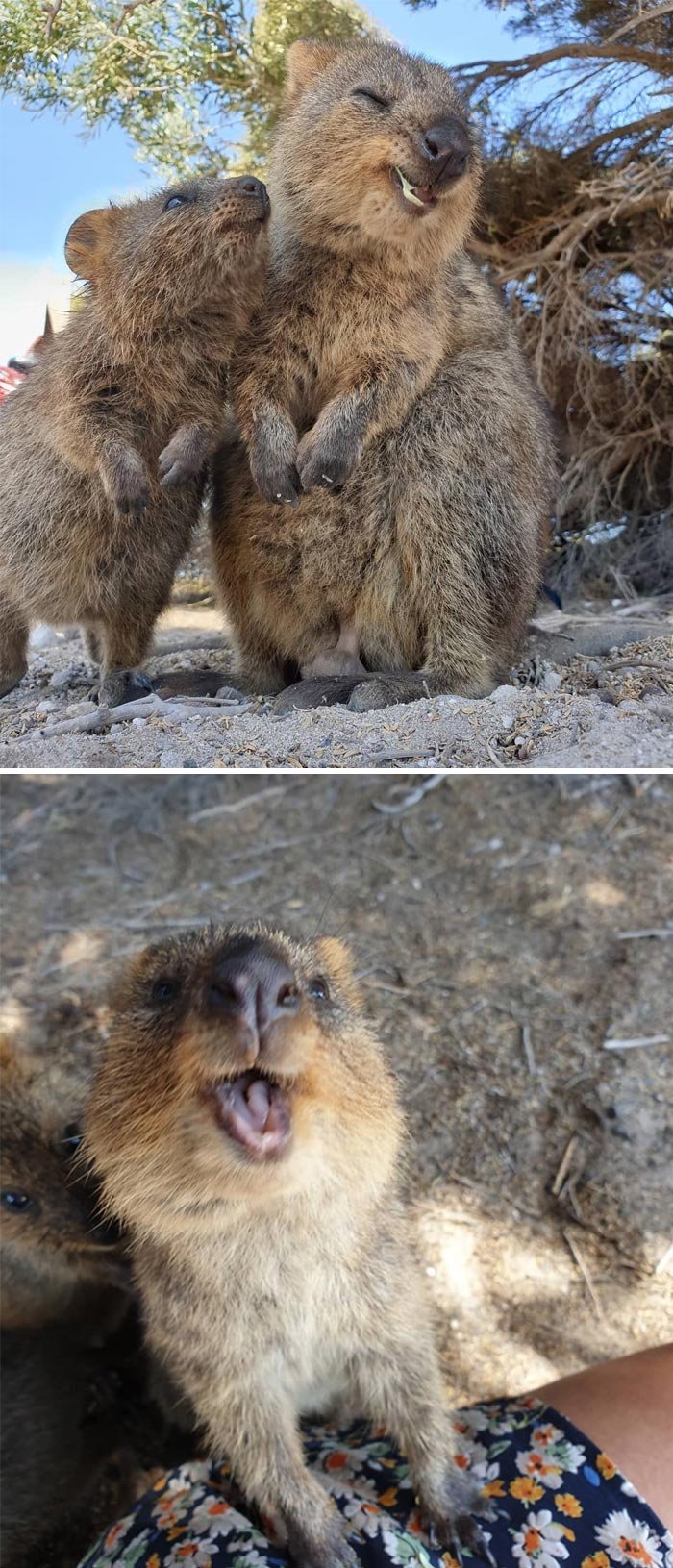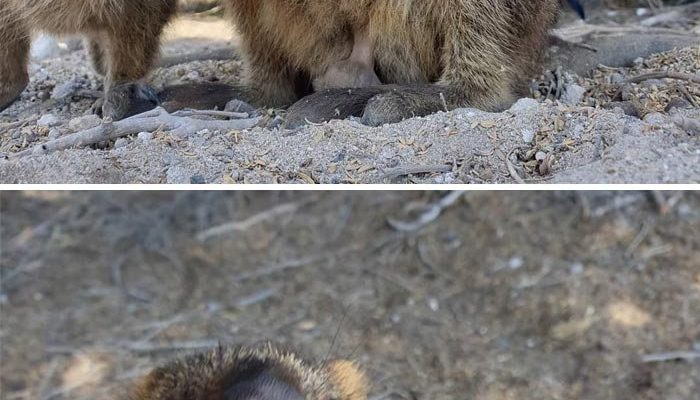
Quokkas are native to Australia, with a notable population on Rottnest Island. These little marsupials contribute to their ecosystem in several ways, from influencing plant communities to providing food for predators. Understanding their role helps us appreciate the balance of life in their environment, and it reminds us of the interconnectedness of all living things. So, how exactly do these charming creatures impact their surroundings? Let’s break it down.
Quokkas and Their Habitat
Quokkas thrive in shrubland and forested areas, particularly in regions with dense vegetation. Their habitats are not just cozy; they’re also rich with food sources. You might wonder how these furry critters manage to coexist with other species. The secret lies in their herbivorous diet, which includes leaves, stems, fruits, and flowers.
By grazing on native plants, quokkas help maintain the health of their ecosystem. When they munch on plants, they encourage new growth, which can enhance biodiversity. Imagine them as the lawnmowers of nature, ensuring that certain plants don’t get too dominant, which allows others to flourish. Without quokkas, some plant species might take over, and this could lead to a decline in overall plant diversity.
Moreover, quokkas are also active at night. This nocturnal behavior helps minimize competition with other herbivores. Their lifestyle is a fantastic example of how different species adapt to share resources in their environment.
The Role of Quokkas as Seed Dispersers
One of the more fascinating aspects of quokkas is their role as seed dispersers. When they eat fruits, they don’t digest the seeds right away. Instead, they carry these seeds in their little bodies and later excrete them. This process helps spread the seeds across the landscape, which is essential for plant reproduction.
Think of them as little delivery couriers for plants! By depositing seeds in various locations, quokkas contribute to the genetic diversity of plant populations. This diversity is crucial for plants to adapt to changing environmental conditions. If quokkas weren’t around to disperse these seeds, we might see fewer healthy plants flourishing in their habitat.
Additionally, the plants that quokkas help disperse often provide food and shelter for other animals. This interconnected web of life shows how important quokkas are in supporting not just their own kind, but also a wide range of wildlife.
Quokkas as Prey in the Food Web
In the grand scheme of the ecosystem, every creature has its role—and for quokkas, one of those roles is being a food source for predators. Birds of prey, foxes, and even larger reptiles rely on quokkas to sustain their populations. This predator-prey relationship is essential for maintaining balance in the ecosystem.
When quokkas are present, they provide a steady food supply for predators. This helps keep predator populations stable, which is crucial for preventing any one species from overwhelming the environment. If quokkas were to disappear, you might see a dramatic increase in predator populations as they search for other food sources. This could lead to overpredation of other small animals, which may disrupt the ecosystem’s balance.
It’s like a finely-tuned orchestra; if one instrument goes missing, the entire symphony can sound off-key. Quokkas play their part beautifully, maintaining harmony in their natural surroundings.
Quokkas and Habitat Restoration
Interestingly, quokkas hold promise for habitat restoration efforts. As herbivores, they can help control invasive plant species that threaten local flora. By grazing on these invaders, quokkas promote the growth of native plants, which are crucial for the ecological health of their habitat.
Here’s the thing: when humans attempt to restore environments, they often look for ways to reintroduce native species. Quokkas can be a part of this solution. Their role as natural lawnmowers can significantly aid in maintaining health in restored areas.
Imagine a landscape returning to life, where native plants are thriving, and wildlife is buzzing with activity—all thanks to the presence of quokkas. Their contribution to habitat restoration highlights the importance of preserving their populations and the environments they inhabit.
Impact of Human Activities on Quokkas
Unfortunately, human activities pose threats to quokka populations. Urban development, habitat destruction, and climate change can severely impact their habitats and food sources. You might be wondering how these factors affect quokkas directly. One major concern is habitat fragmentation, which can cut off quokkas from vital food and breeding areas.
Moreover, invasive species introduced by humans can compete with quokkas for resources or even prey on them. If we want to protect these adorable creatures and their vital roles, we need to be mindful of our impact on their environment.
Community efforts, such as conservation programs and protected areas, can make a significant difference. By raising awareness and taking action, humans can coexist with quokkas and ensure they continue to thrive in their natural habitats.
Why Protecting Quokkas Matters
Protecting quokkas is not just about preserving a cute animal; it’s about maintaining the entire ecosystem. By ensuring their well-being, we protect plant diversity, help restore habitats, and support various animal species that depend on the same environment.
This idea of interconnectedness is vital. Every species matters, and the loss of one can have a ripple effect. By taking steps to safeguard quokkas and their habitats, we’re investing in the health of our planet.
So, what can you do to help? Supporting conservation efforts, visiting protected areas, and spreading awareness about quokkas can all make a difference. Every small action contributes to a larger cause, ensuring these furry friends continue to flourish in the wild.
In conclusion, the quokka might be small and seemingly simple, but its role in its ecosystem is anything but that. From facilitating plant growth to being a vital part of the food web, quokkas demonstrate the importance of biodiversity and balance in nature. As we learn more about these delightful creatures, let’s remember the bigger picture: we share this planet with many beings, and it’s our responsibility to protect them.

